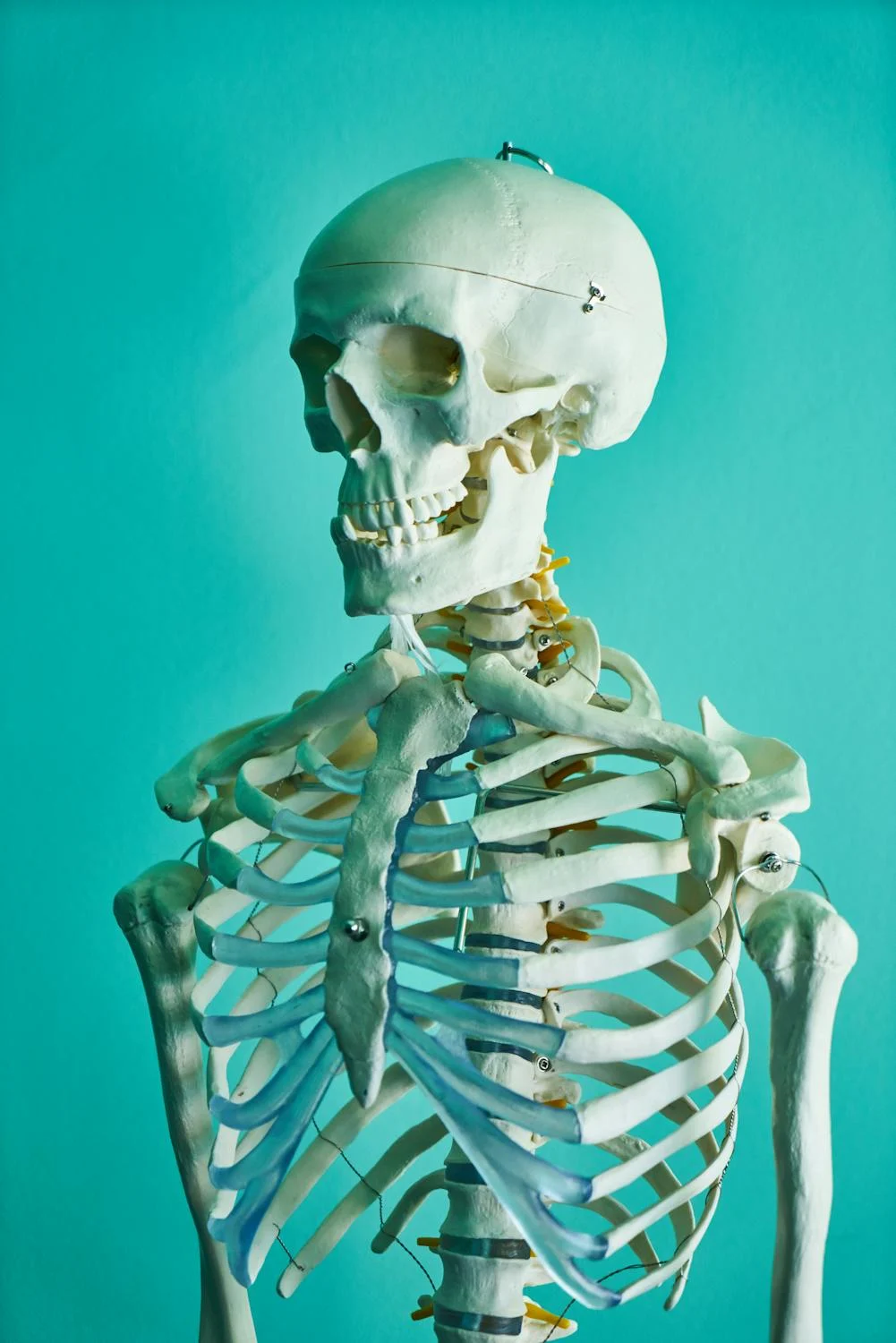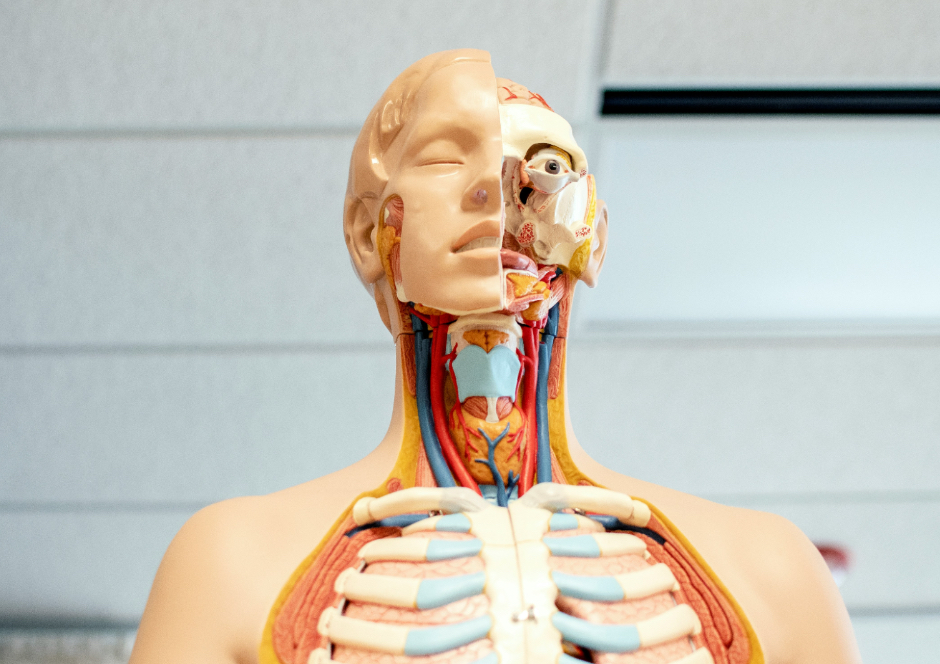CREST syndrome is an acronym representing a limited form of scleroderma, a systemic autoimmune disease characterized by hardening and tightening of the skin and other connective tissues. Here’s what each letter in CREST stands for:
- C – Calcinosis: Calcium deposits form under the skin, often around joints, leading to painful lumps.
- R – Raynaud’s phenomenon: This involves episodes where the fingers (and sometimes toes) turn white, then blue, and red in response to cold or stress due to spasms of the blood vessels.
- E – Esophageal dysfunction: The esophagus can lose its ability to move food effectively into the stomach, leading to symptoms like heartburn or difficulty swallowing.
- S – Sclerodactyly: Thickening and tightening of the skin on the fingers, which can lead to stiffness and reduced mobility.
- T – Telangiectasia: Small red spots appear on the skin due to dilated capillary blood vessels.
Key Points:
- Prevalence: CREST is considered a subset of systemic sclerosis, specifically categorized under ‘limited cutaneous systemic sclerosis.’ It generally progresses more slowly than diffuse systemic sclerosis.
- Symptoms: Apart from the symptoms directly indicated by the acronym, patients might experience fatigue, joint pain, and, in some cases, pulmonary hypertension or lung fibrosis.
- Diagnosis: Often involves clinical examination, but additional tests like nailfold capillaroscopy, autoantibody testing (especially for anticentromere antibodies, which are frequently positive in CREST), and imaging or pulmonary function tests might be used.
- Treatment: There’s no cure, but management focuses on symptom relief:
- Medications for Raynaud’s, like calcium channel blockers.
- Proton pump inhibitors for esophageal symptoms.
- Physical therapy for joint mobility.
- Surgery for severe calcinosis or cosmetic issues with telangiectasia.
- Prognosis: Generally better than diffuse systemic sclerosis, but vigilance is needed regarding lung, heart, and kidney involvement.
- Lifestyle: Patients are often advised to avoid cold exposure, manage stress, maintain a healthy diet, and engage in regular, gentle exercise to preserve joint function.
Please note, while this provides an overview, individual experiences with CREST syndrome can vary widely, and medical advice should be sought for personal health concerns.




Leave a Reply